A Guide to Japan’s Faux Holidays
From ‘Cat Day’ To ‘Thank You Day’ And Everything In Between
Eat an extra portion of tofu on October 2nd, get married on November 22nd and say thank you to everyone on March 9th — welcome to the odd world of Japan's made up holidays.
Have you ever noticed that, out of the blue, all convenience stores are suddenly displaying a vast array of slender pocky boxes, with signboards urging you to buy those additive chocolate sticks because something special is going on? You remind yourself of the date — November 11, or rather, 11/11 — and you make the association: four lines that to many Japanese people look like Pocky sticks — and then you figure, it’s time to celebrate Pocky Day!
Or perhaps you’re shopping for dinner ingredients, same as every day, pondering what to cook tonight, when you notice that all the meat is unusually cheap. Another glance at your smartphone screen – February 9, and you learn it’s Meat Day!
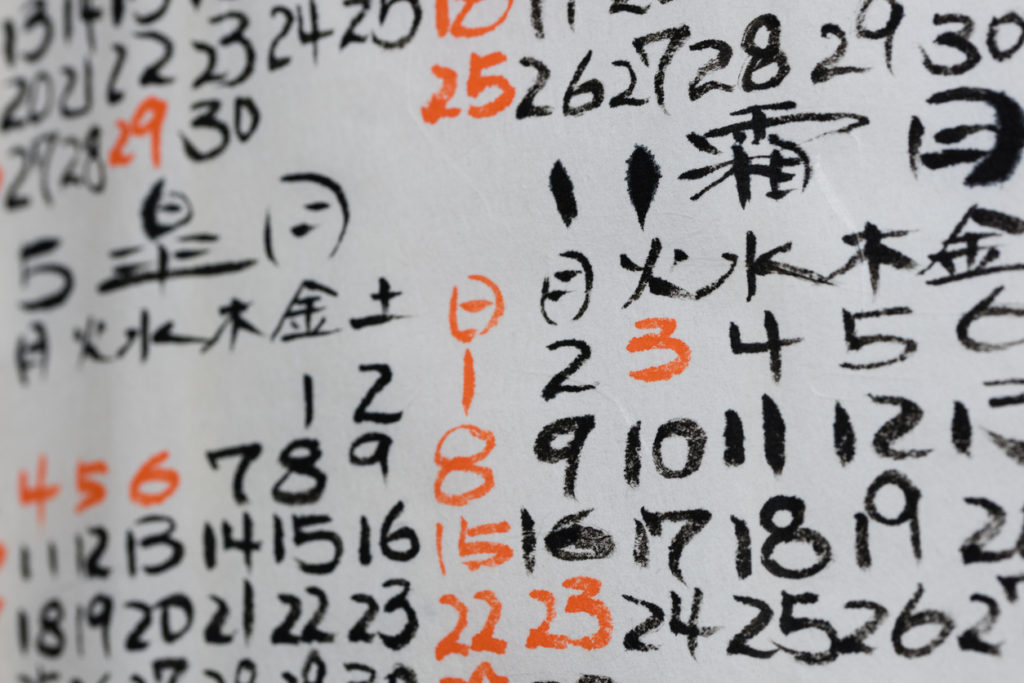
Yes, that’s right, Japan is an innovative country and has an endless list of mysterious made-up holidays — from Cat Day to Vegetable Day and even Natto Day. The correct terminology for these oddities is kinenbi, the Japanese word for anniversary or memorial day, but the English translation doesn’t quite capture the right nuance — so let’s call them “faux-lidays.”
Kinenbi are often the clever product of a play on words, based on how the dates can be read or sound. Though the list is long (and full of oddities), here I’ve handpicked some of my most favorite faux-lidays from the “official” list and compiled them below. Enjoy!
January 5: Strawberry Day (Ichigo No Hi)
Starting the year sweet and sour. The world ichi means “one” (or in this case January), while “go” means five. Pronounced together it’s ichigo — the Japanese word for strawberry. On January 5th, invite yourself to a strawberry feast or stroll around the stores for discounted strawberry cakes.
January 10: 110 (Emergency Number) Day (Hiyaku Toban No Hi)
The number 110 is the one you want to call in case of emergency. This day serves as a reminder that we need to use the number for its purposes (in other words, don’t dial it if you see a cockroach or need a lift to the convini). It was established by the Tokyo Metropolitan Police in 1985 and it’s common to see Japanese celebrities serving as police “ambassadors” on that day.
February 1: Aroma Day (Nioi No Hi)
Again, a play on the numbers, 201 can be read as “ni-o-i,” which is the Japanese word for smell or aroma. It’s the only day in the year when you’ll be excused for reminding your colleague of their body smell (almost). Or you could just celebrate at home with scented candles or room spray.
February 12: Bra Day (Burajya No Hi)
On that day in 1914, Mary Phelps Jacob invented the modern bra and now it has made it to the Japanese faux-liday calendar. Wear it or burn it if you wish, but don’t forget to acknowledge it.
February 22: Cat Day (Neko No Hi)
Here comes one of the most popular ones: Cat Day. In Japanese, the number two is read as ni or with some stretch of the imagination nya, which is often what young children call cats – nya nya. Triple twos, according to this wisdom, sounds as nya nya nya, and that’s why we celebrate our feline friends on this cold winter day.
March 3: Ear Day (Mimi No Hi)
While most people celebrate Hinamatsuri (Girl’s Festival) on this day, some also celebrate … their ears. Double three in this case is read as mi-mi, the Japanese word for ear.
March 9: Thank You Day (Arigato No Hi)
Call it the Japanese Thanksgiving. The numbers three and nine are in this case read as “sankyu,” the Katakana version of “thank you.”
April 6: Castle Day (Shiro No Hi)
This one’s easy: 4 (shi) and 6 (ro) makes up the Japanese word for castle, shiro. Put it on your Japan-to-do list to visit one of the country’s beautiful castles on that day every year.
May 3: Garbage Day (Gomi No Hi)
Be extra careful with recycling on that day, because 5 (go) and 3 (mi) makes up the Japanese word for garbage, gomi, and your neighbors will be watching.
May 29: Kimono Day (Gofuku No Hi)
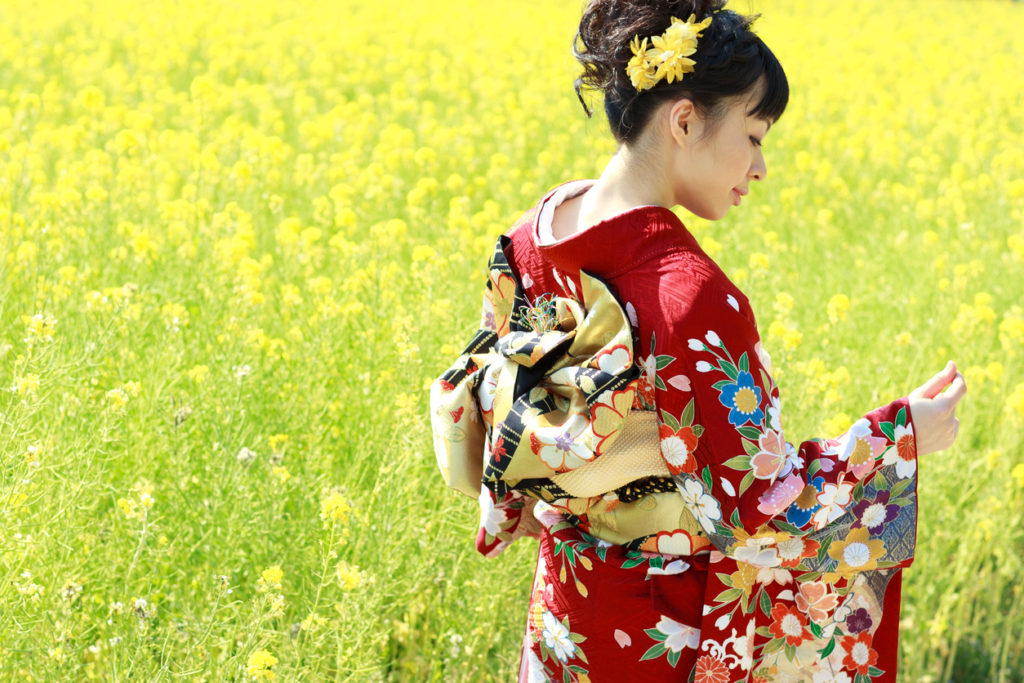
Gofuku is the fabric that kimonos are made out of, and this day Japan celebrates its traditional clothing: 5 (go) 2 (fu) 9 (ku).
June 4: Bug Day (Mushi No Hi)
Be extra kind to all living creatures even if you dislike them. Six (read, mu) and 4 (read, shi) make up mushi — the Japanese word for bugs.
June 9: Rock (n’ Roll) Day (Rokku No Hi)
Celebrate this in any way you want: from Guns n’ Roses to Eikichi Yazawa, because June 9th is a day to fall in love with the music genre all over again. Six (roku) and 9 (ku) meshed together makes it sound like “rock,” the way the Japanese call Rock n’ Roll.
July 4: Japanese Pear Day (Nashi No Hi)
Yes, Japan celebrates America’s independence day by savoring a few cuts of juicy nashi. You get it: it’s “na” for seven and “shi” for four.
July 10: Natto Day (Natto No Hi)

You wouldn’t think Japan would go by without a day dedicated to its smelly soul food? Here it is: Seven (na) and 10 (to) equals Japanese stinky beans, natto.
August 4: Bridge and Chopsticks Day (Hashi No Hi)
Hashi, written in different kanji can mean both a bridge and chopsticks. What unites them is August 4th when both are celebrated. The roots? Eight is read as ha and four as shi.
August 6: Ham Day (Hamu No Hi)
Cheat on your vegetarian diet on this day and add an extra slice of ham on your toast. Another play on numbers, ha for eight and mu for six equals hamu (ham).
August 31: Vegetable Day (Yasai No Hi)
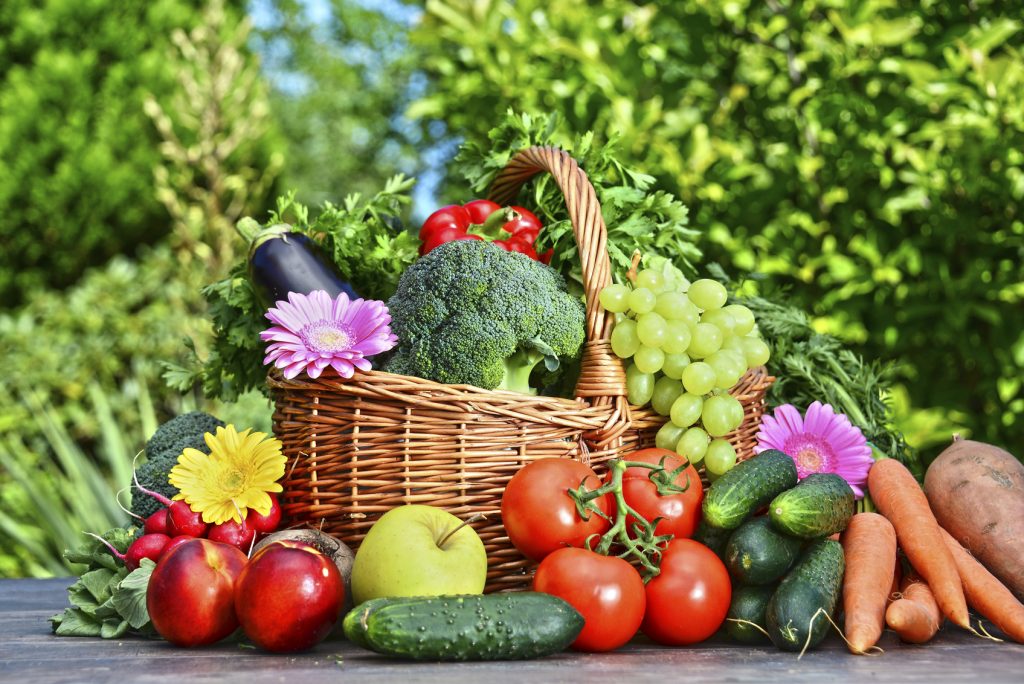
August is a busy month for foodies: just a few weeks ago we celebrated ham and now we acknowledge vegetables, or yasai in Japanese, or put that in numbers and it becomes 8 (ya)-3 (sa) 1 (i). We say, just celebrate them all together by making yourself a sandwich at the end of the month.
September 9: Emergency Day (Kyukyu No Hi)
Another day to remind us to be extra cautious and grateful for the health services we have here in Japan, the country acknowledges September 9th as the day of emergency: double 9 (kyu) puts together kyukyu, the Japanese word for emergency.
September 25: 10-yen Curry Day (Juen Kare No Hi)
This is currently a Unicef charity event, but in 1971 the famous restaurant Matsumotoro, located in Hibiya Park, was burned to the ground. In order to reopen, Matsumotoro held the 10-yen “Curry Day” where customers would receive free curry for any donations over ten yen. Matsumotoro reopened in 1973, but it kept the tradition to date. If you go to Hibiya Park on this day you will witness the 10-yen curry charity event. All collections have gone to Unicef since 1997.
September 29: Cleaning Day (Kuriningu No Hi)
We’re grateful this only comes around once a year. Reading 9 (ku), 2 (ri-ni) and 9 (ku) apparently puts together kuriningu. The best what can happen on this day is to get a discount at your local dry cleaning store. You can go back on March 9 and thank them.
October 2: Tofu Day (Tofu No Hi)
After natto, ham and veggies day comes Tofu Day: from 10 (to) and 2(fu). It goes without saying that you know what to cook for dinner on that day.
October 30: First Love Day (Hatsukoi No Hi)
On October 30, 1896, Toson Shimazaki, a renowned Japanese author, released a poem named “Hatsukoi”(First love) in a literary magazine representing Meiji era’s romanticism. Since then, Japan has various events, including the First Love Letter Award, going on on this day.
November 1: Dog Day (Inu No Hi)

You can’t just have a cat day, things need to be fair. So, this faux-liday was started by the pet food industry in the hopes of spiking sales of dog food. The roots, as you have probably figured out already, go back to 1 (one) 1 (one) 1 (one) – which sounds like wan wan wan, or the way Japanese dogs bark.
November 8: Good Teeth Day (Iiha No Hi)
Teeth-whitening services and dentists love this day more than anyone else, because a series of promotions around this time of the year drag people to look in the mirror and ask for a better smile. The day derives from 1 (i) 1 (i) and 8(ha), “ii” meaning good and “ha,” teeth.
November 11: Pocky Day (Pokki No Hi)
Put four pocky sticks together and you’ll see what we see: 11/11. A great marketing campaign for Glico, on this day all supermarkets and convinis are flooded with people buying Pocky sticks and taking Insta selfies.
November 22: Good Husband and Wife Day (Ii FuFu No Hi)
Perhaps the busiest day for marriages in Japan, this day celebrates good wives and husbands: 1 (i) 1 (i) and 2 (fu) 2 (fu), “ii”, as in Good Teeth Day (above) means “good” and fufu means husband and wife.
December 7: Christmas Tree Day (Kurisumasu Tsuri No Hi)
Japan decorated its first ever Christmas tree in a public space on this day back in 1886 in Yokohama. Though still a bit early, the day marks the existence of the Christmas trees in Japan.
December 31: Cinderella Day (Shinderera De)
In between tasting your omochi dishes and watching Kohaku, take a moment to also think of Cinderella — like her, we must be home before midnight or we risk wasting the beginning of the year and the magic disappearing.
The list goes on and on. There are one or more events for every single day of the year but every day can be a faux-liday. If you ever come up with your own, share your ideas in the comments — maybe it will be registered…? Have a great year, full of made-up holidays!

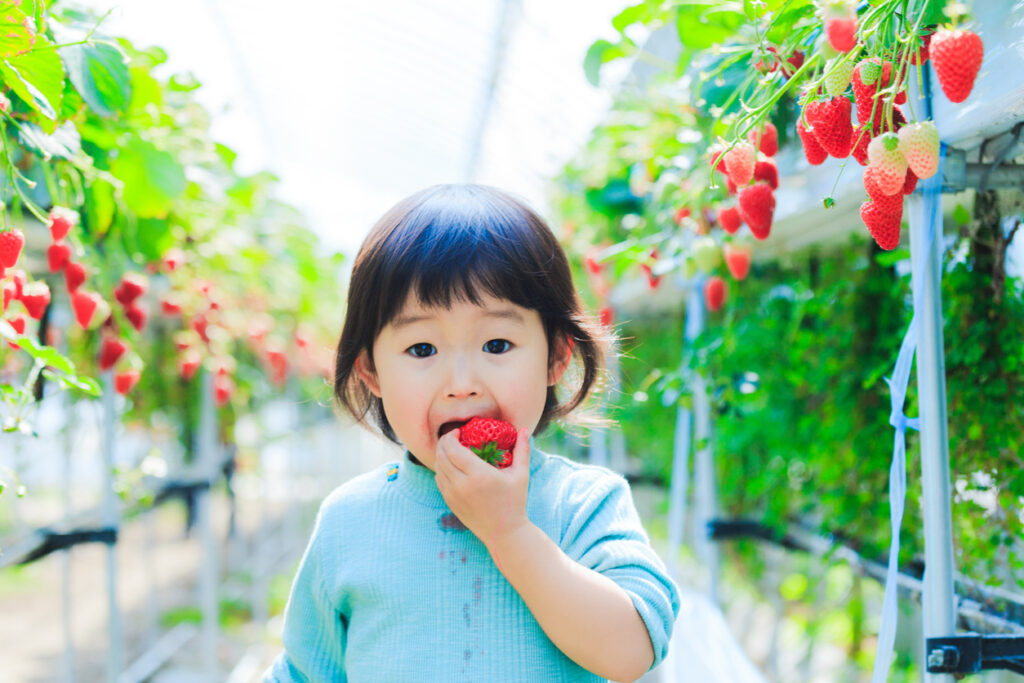
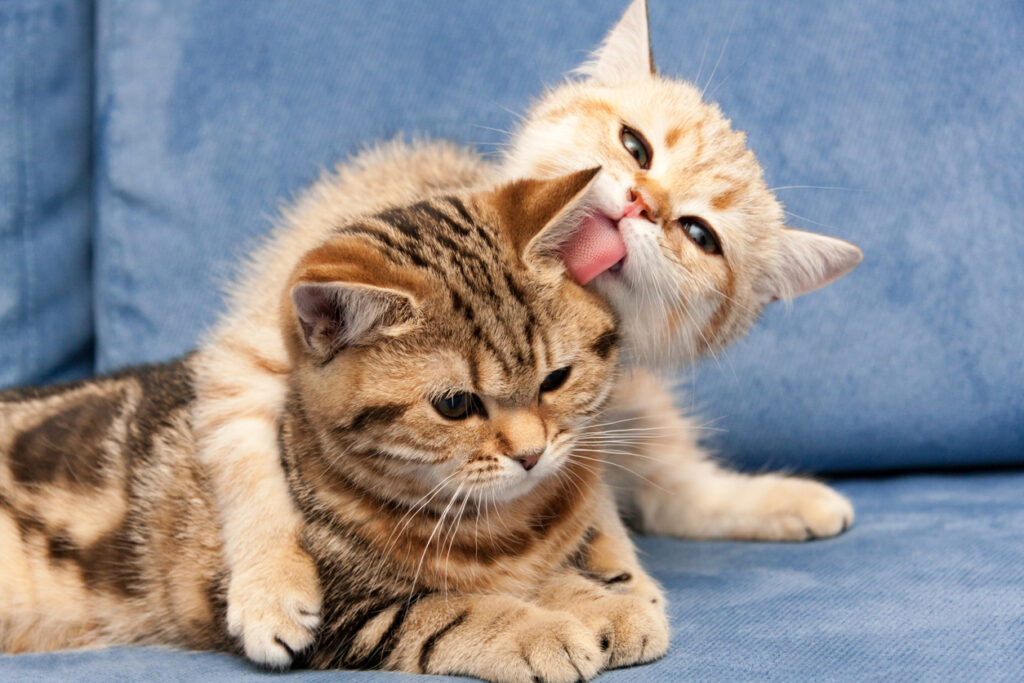
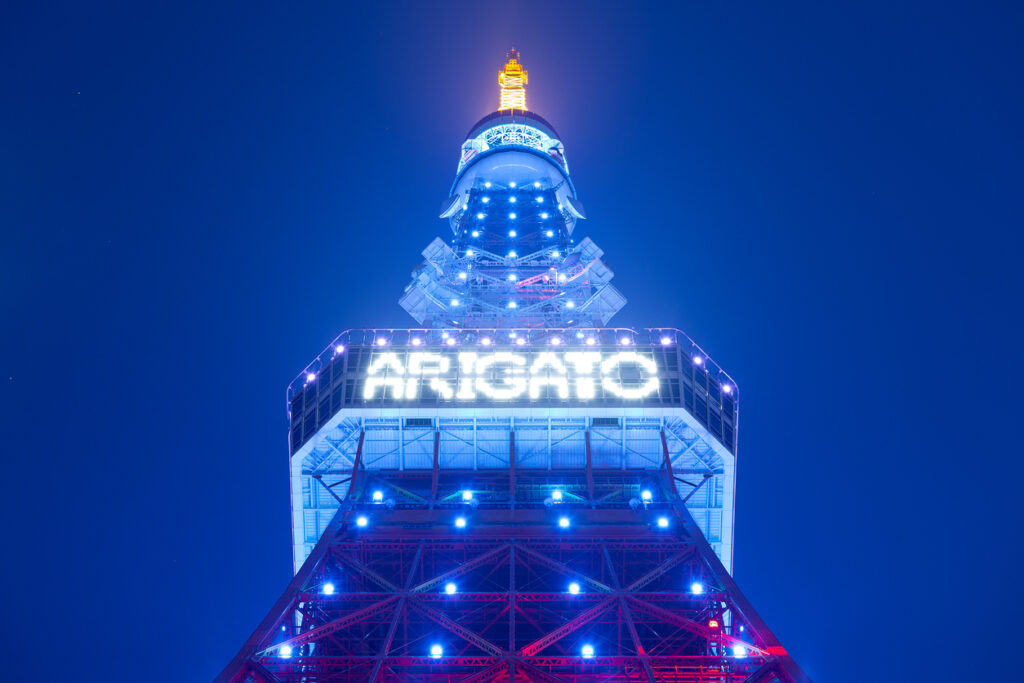
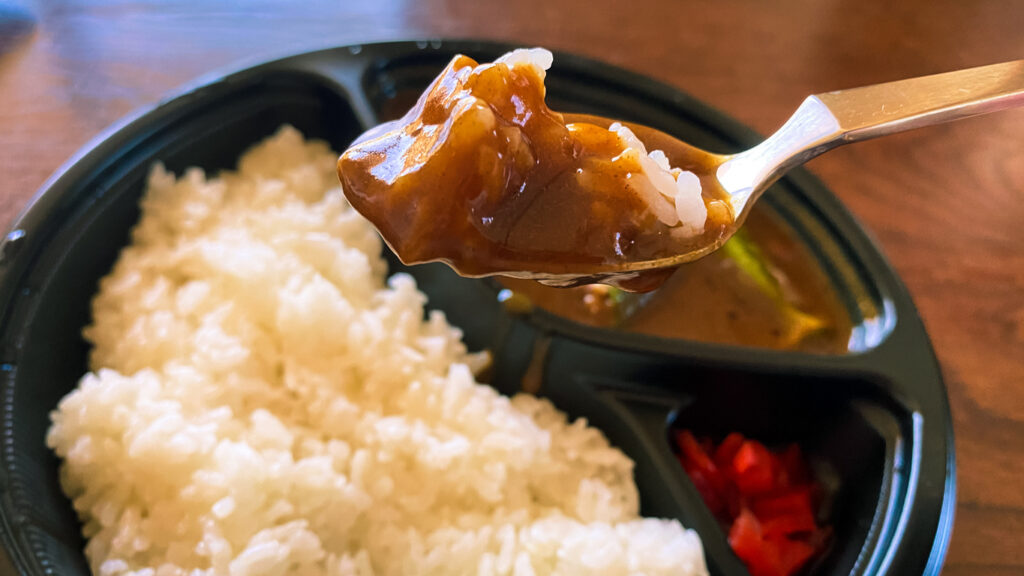














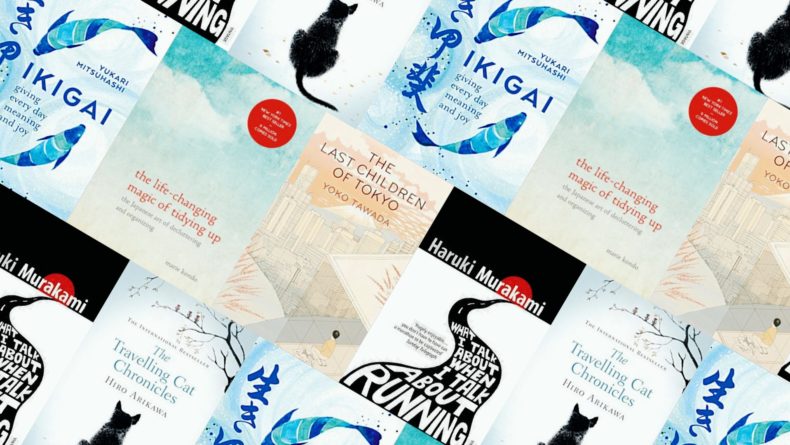


Leave a Reply